|
This image was created at my home in Indian Lake Estates with the Canon EF 200-400mm f/4L IS USM lens with Internal 1.4x Extender (hand held at 200mm) with the Canon EOS-1D X. ISO 400. Evaluative metering +2 stops as framed: 1/4000 sec. at f/9 in Av mode. Color temperature AWB. Central sensor/AI Servo/Surround/Rear Focus AF on the blackest cloud and re-compose. Click here to see the latest version of the Rear Focus Tutorial. Click on the image to see a larger version. |
The Image Optimization
Cumulonimbus clouds (scroll down to learn more) are of course common here in Florida in most seasons. July can be an incredible month for vicious thunderstorms here in the central part of the state. This image was created on June 18, 2013 at 7:46pm.
After converting the underexposed RAW file in DPP (see more below) I created the optimized file above using Curves in Photoshop and using NIK Color Efex Pro. With the latter I ran Tonal Contrast at 100% and BW Conversion at about 60%. I wanted to compare the results with the Silver Efex Pro. Again, see more below.
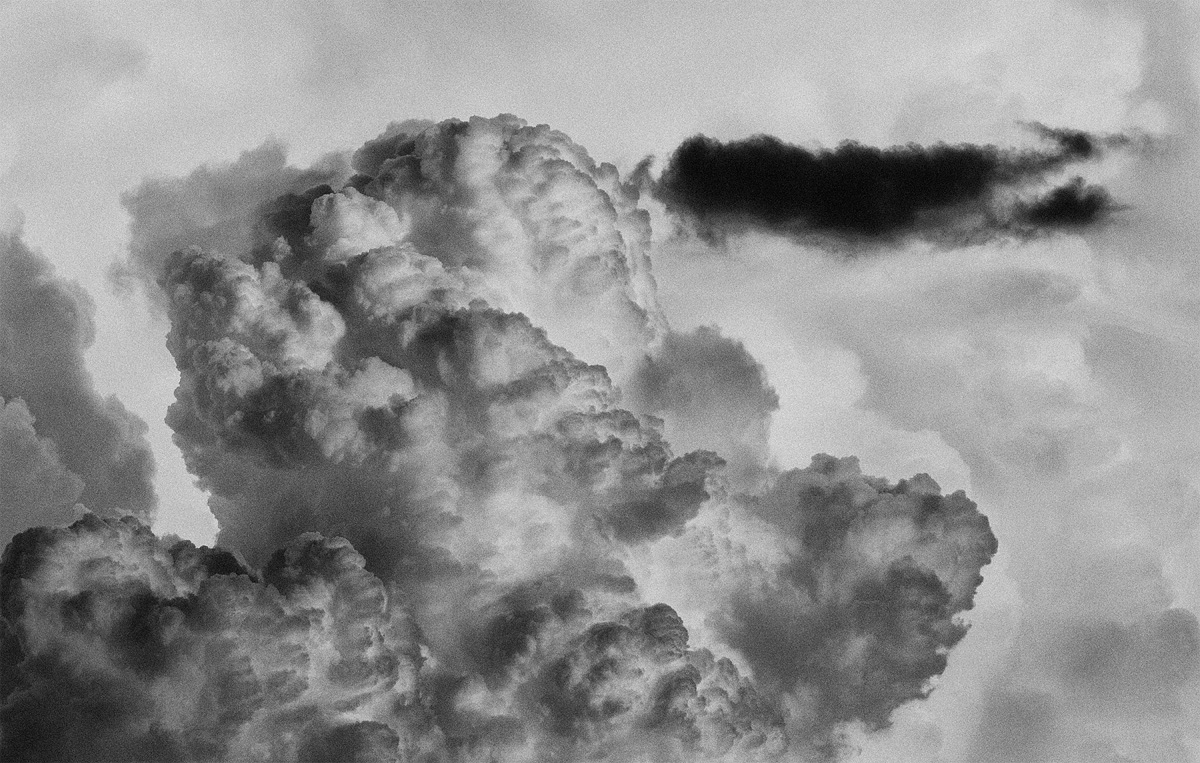
|
|
This is the NIK Silver Efex Pro Wet Rocks version. Be sure to click on the image to see the larger size. |
NIK Silver Efex Pro Wet Rocks
The Wet Rocks preset in NIK Silver Efex Pro is usually one of my favorites. Be sure to click on each of the two images to see the larger size and let us know what you think.
Cumulonimbus Clouds
From Wikipedia (here):
Cumulonimbus, from the Latin cumulus (“heap”) and nimbus (“rainstorm”, “storm cloud”), is a dense towering vertical cloud associated with thunderstorms and atmospheric instability, forming from water vapor carried by powerful upward air currents. Cumulonimbus may form alone, in clusters, or along cold front squall lines. They are capable of producing lightning and other dangerous severe weather, such as gusts, hail, and occasional tornadoes. Cumulonimbus progress from overdeveloped cumulus congestus clouds and may further develop as part of a supercell.
|
your text and adds |
The Original Capture
Note that even though I was working at +2 exposure compensation (+2 EC), the original capture was a big underexposure.
The unsharpened, unaltered JPEG above accurately represents the original capture. It was created from the extracted JPEG. Most folks are not aware that with virtually all high-end and pro-sumer digital bodies a very large JPEG is created at the instant that the RAW file is captured. In BreezeBrowser I hit Shift/Control/X to extract these JPEGs. BreezeBrowser created an extracted sub-folder and places the JPEG there.
BreezeBrowser
As regular readers know that I use and depend on BreezeBrowser every day of the year. It allows me to sort my keepers and delete the rejects faster than any other Windows browsing program. We use it on the main computer in the home office to catalog our images file-drawer style. And the companion program, Downloader Pro allows me to download my images quickly and conveniently. It automatically adds my IPTC data and the shooting location. I have it set up to create a folder named by the Month/date/year. The Breezebrowser/Downloader Pro combo saves me many hours each week. To learn more or to purchase this great PC only program, click here. As far as the BreezeBrowser/Downloader Pro Combo goes, if you are using a Windows platform and are not using these two great programs you are at best, wasting your valuable time. My understanding is that Photo Mechanic is best for Mac-users who do not opt to run Parallels or VM Ware fusion on their Macs so that they can enjoy the many advantages of BreezeBrowser. See BreezeBrowswer on a Mac for details.
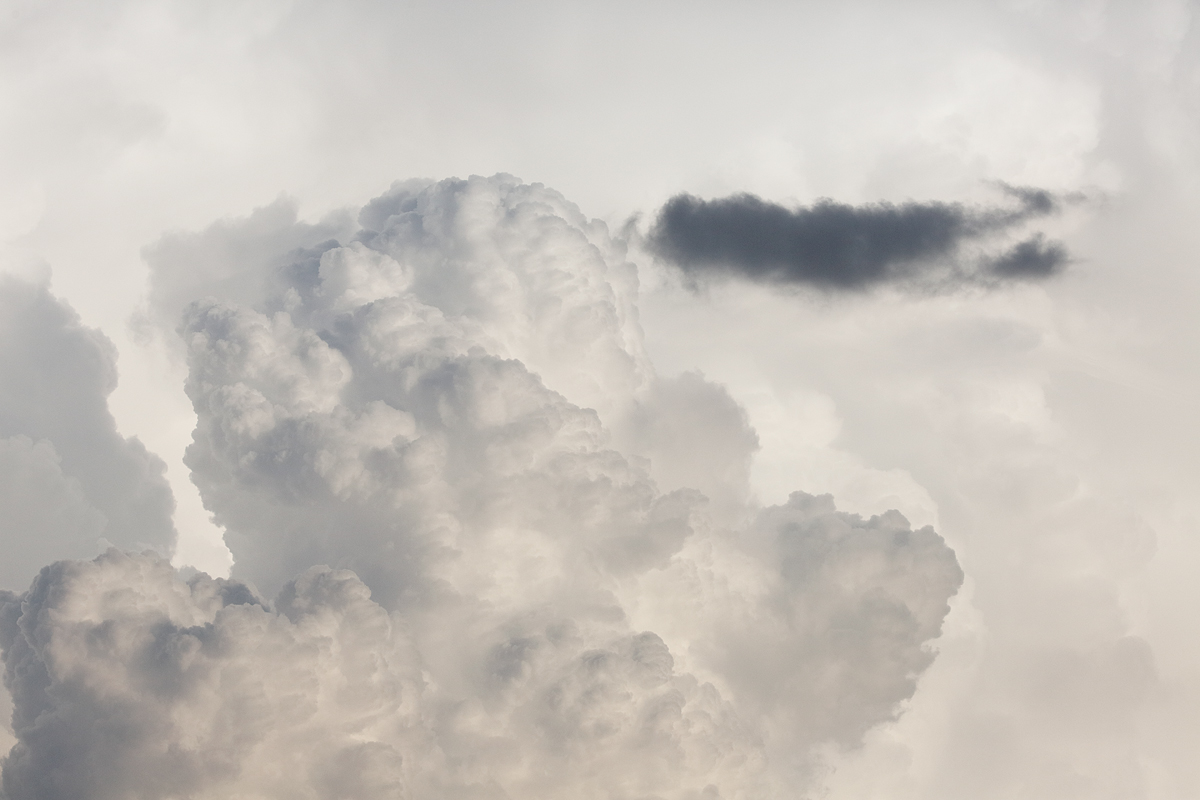
|
|
This JPEG represents the converted RAW file saved as a TIF. |
The Image Conversion
As always over the past few years, this image was converted in Canon’s DPP (Digital Photo Professional). I upped the exposure 1 1/3 stops right off the bat and could have gone even a bit more. My understanding is that lightening an image during conversion does not reduce noise. That said, I do not find the noise levels in the opening image here at all objectionable despite the fact that the original was at least 1 1/3 stops underexposed.
DPP RAW Conversions
To learn why I switched from ACR to DPP for my RAW conversions see our DPP RAW Conversion Guide here.
The San Diego Short-Notice Small Group IPT. January 15-17, 3-Full Days: $1049. Meet and Greet after dinner on your own at 7:30pm on Tuesday, January 14, 2014. Limit 6/Openings: 1.
Please call or e-mail for late registration discount information.
We will get to photograph the California race of Brown Pelican in flight, resting, preening, cleaning their bill pouches, and talking to their neighbors by tossing their bills high in the air. The afternoon sessions will feature Marbled Godwits, several gull species, and Wood and Ring-necked Ducks. If we have a cloudy morning we will get to photograph Harbor Seals. You will learn to get the right exposure every time, to see the best situation, to think like a pro, to create sharp, pleasing images, and to understand the joint effects of light and wind on the birds. All in a small group with tons of individual attention.
A $500 non-refundable deposit is required to hold your slot for this IPT. Your balance will be due no later than January 7, 2014. The balance is alo non-refundable. If the trip fills, we will be glad to apply a credit applicable to a future IPT for the full amount less a $100 processing fee. If we do not receive your check for the balance on or before the due date we will try to fill your spot from the waiting list. If your spot is filled, you will lose your deposit. If not, you can secure your spot by paying your balance.
If you are planning to register please shoot me an e-mail.
Then please print, complete, and sign the form that is linked to here and shoot it to us along with your deposit check (made out to “Arthur Morris.”) Though we prefer a check, you can also leave your deposit with a credit card by calling the office at 863-692-0906. If you register by phone, please print, complete and sign the form as noted above and either mail it to us or e-mail the scan.
If you have any questions, please feel free to contact me via e-mail
Your Favorite?
Take a moment to leave a comment and let us know which image you like best, and why. Comments on the crop, on the contrast, and on the brightness are of course welcome as well.
An Amazing Streak
Today’s blog post marks 39 days in a row with a new post, a new record by far that should continue for at least another week or two. To show your appreciation, we ask that use our B&H and Amazon affiliate links for all of your B&H and Amazon purchases. Please check the availability of all photographic accessories in the BIRDS AS ART Online Store. We sell only what I use and depend on. We will not sell you junk. We know what you need to make creating great images easy and fun. And we are always glad to answer your gear questions via e-mail.
You can find the following items in the store: Gitzo tripods, Mongoose M3.6 and Wimberley heads, plates, low feet, and accessories, flash brackets, , Delkin e-film Pro Compact Flash Cards, LensCoat products, and our unique line-up of educational materials including ABP I & II, Digital Basics, Site and Set-up e-Guides, Canon and Nikon Camera Users and AF e-Guides, and MP-4 Photoshop video tutorials among others.
We would of course appreciate you using our B&H and Amazon affiliate links for all of your B&H and Amazon major gear, video, electronic, household, and personal purchases. For the photographic stuff mentioned above we would of course great appreciate your business.
Thanks and enjoy!
Last Year’s Grand Prize winning image by Lou Coetzer
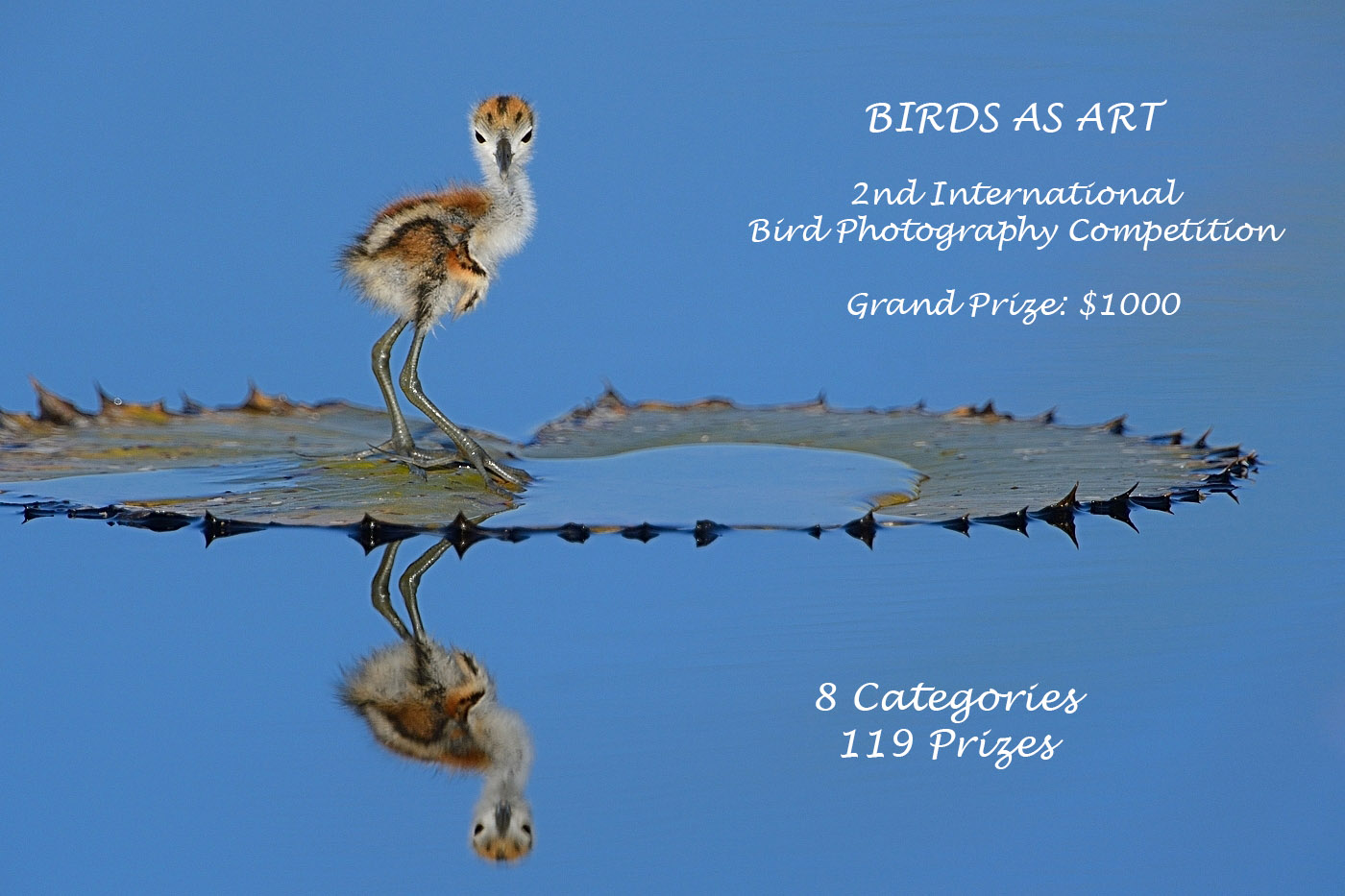
|
Important Contest News
Contest Deadlines Extended!
BIRDS AS ART 2nd International Bird Photography Competition
New Entry Deadline: January 31, 2014; see additional details below
With so many folks signing up at the last minute and with so many folks having trouble uploading their images due to server overload the deadline for entering the contest (registering and paying) has been extended until January 31, 2014 and the deadline for uploading images has been extended until midnight Eastern time on February 10, 2014. Take advantage of this extension to have a crack at the great prizes.
Learn more and enter the BIRDS AS ART 2nd International Bird Photography Competition here. Twenty-five great prizes including the $1000 Grand Prize and intense competition. Bring your best.
Register and Pay
To register click here.
To learn of payment options, click here.
Support the BAA Blog. Support the BAA Bulletins: Shop B&H here!
This Bulletin took about 12 hours to prepare
We want and need to keep providing you with the latest free information, photography and Photoshop lessons, and all manner of related information. Show your appreciation by making your purchases immediately after clicking on any of our B&H or Amazon Affiliate links in this blog post. Remember, B&H ain’t just photography!


Amazon
Everyone buys something from Amazon, be it a big lens or deodorant. Support the blog by starting your search by starting your search by clicking on the logo-link below. No purchase is too small to be appreciated; they all add up. Why make it a habit? Because I make it a habit of bringing you new images and information on an almost daily basis.
Typos
In all blog posts and Bulletins, feel free to e-mail or leave a comment regarding any typos, wrong words, misspellings, omissions, or grammatical errors. Just be right. 🙂
IPT Info
Many of our great trips are filling up. See especially info on the South Florida, Holland, and Nickerson Beach IPTs. Two great leaders ensure that you will receive individual attention, have all of your questions answered, and learn a ton including how to think like a pro, see the situation, and get the right exposure every time. In addition you will have fun, and make lots of great images. Click here for IPT details and general information.

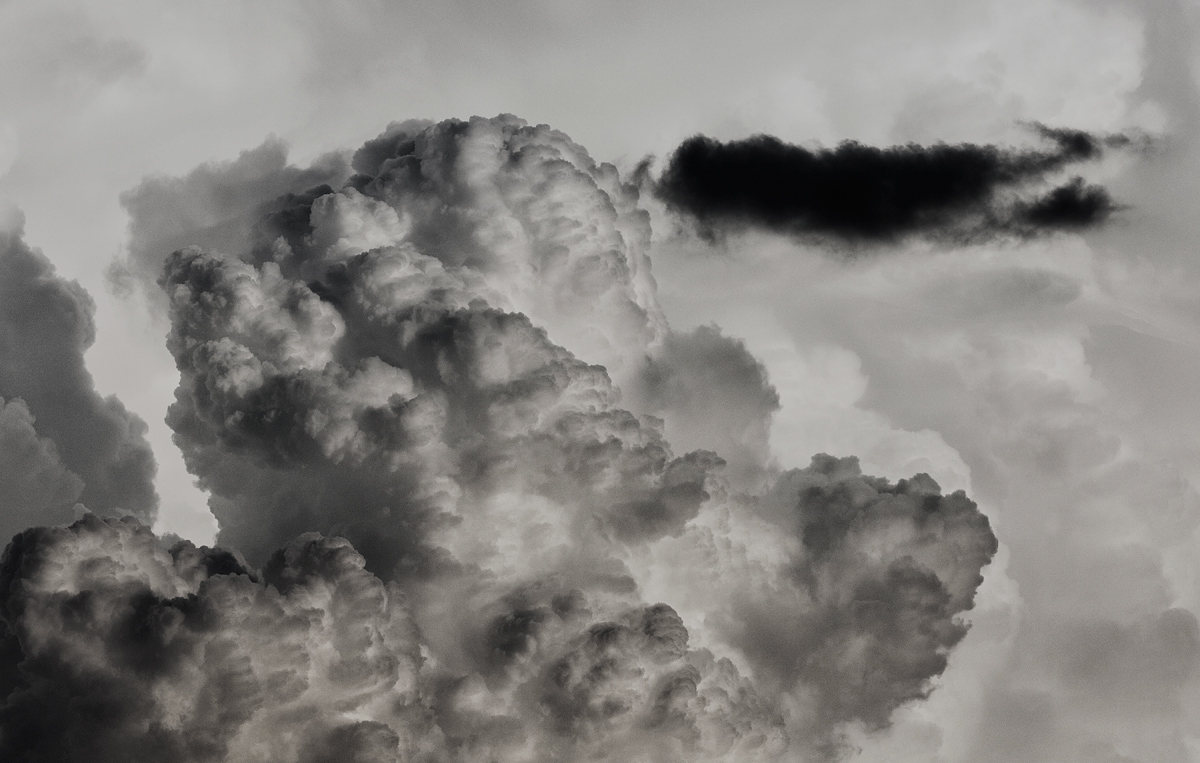
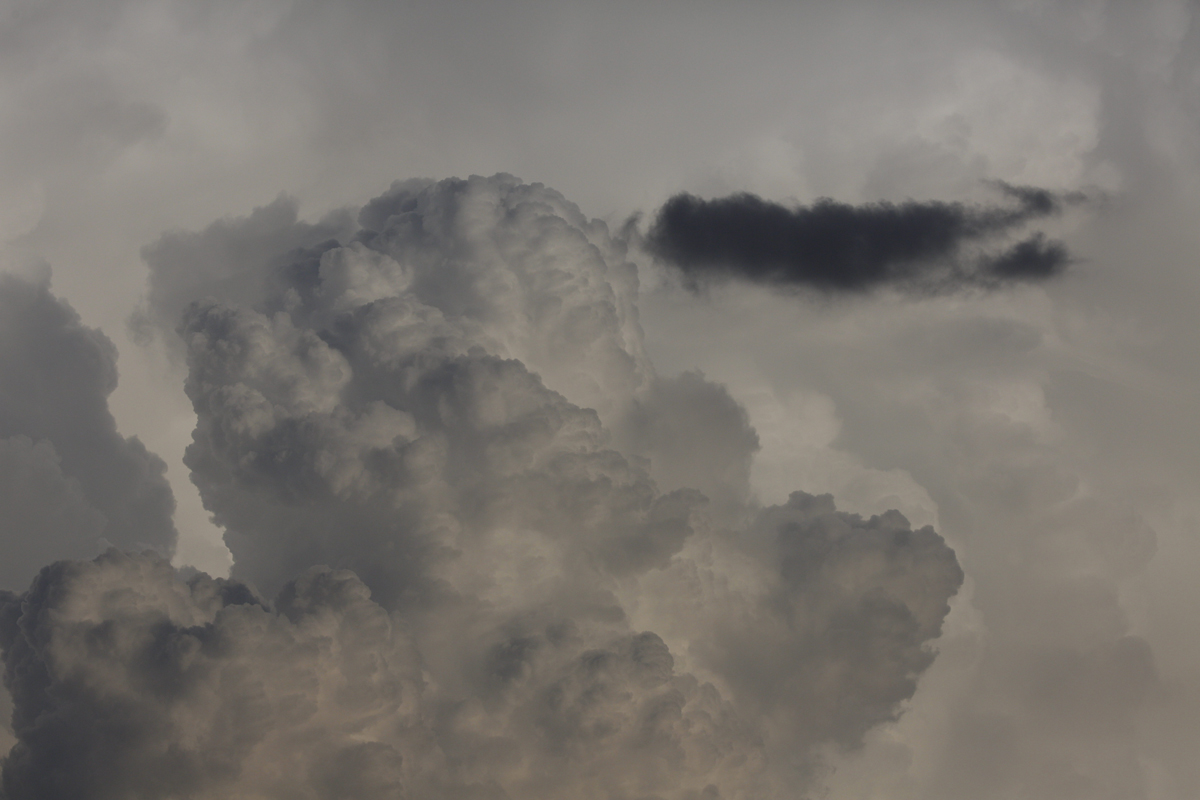













Minor fuss – Under the first image – under “The Image Optimization”
– After converting the underexposed AW file in DPP…
RAW file seems more likley to me – although I am in “awe” of the image
Aw, I screwed up again :). Tanks for the typo correction. artie
I also like the first one the best. It looks real. The second one does not look real. Clouds are not that sharp.
It the noise in #2 that ruins it. artie
With regard to your comment about the image conversion, it’s more appropriate to think of noise being caused by low exposure than by underexposure. So dark parts of a perfectly exposed image are likely to be noisy, and a light but underexposed image like these clouds won’t be. (And they’re beautiful!)
Hi Jim, I am confused by what you wrote…. A low exposure results in an under-exposed image. As for the dark tones, if you properly expose to the right noise on all tones will be less than if you do not expose to the right…. I am glad that you liked the clouds. I did too 🙂
The first image is by far the Best!! Very Dramatic!! Great image!! The second is good but to grainy for me.
Grain was with film; what you are seeing is the noise. artie